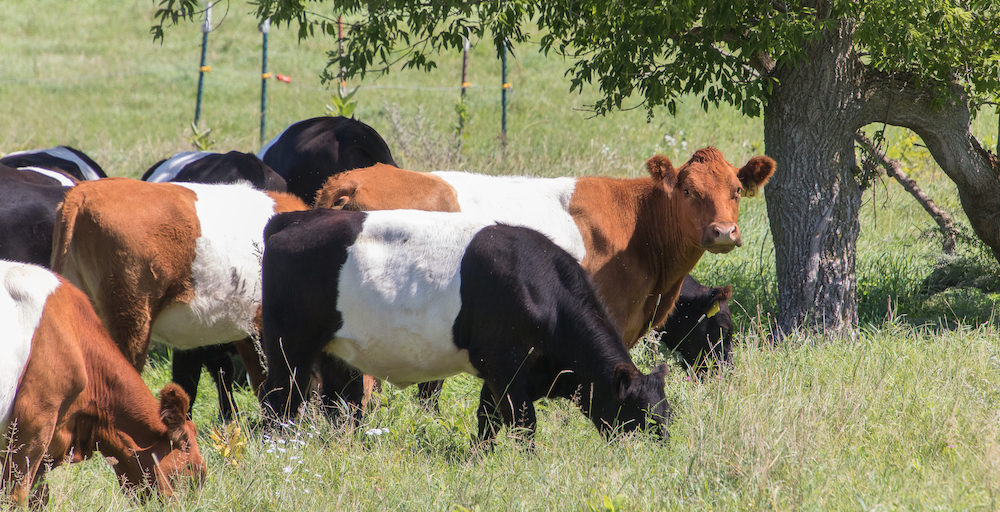Mark your calendar. Set your iPhone (or Android). Gas up the car, or oil the bike chains. Car-pool with friends. Create a MeetUp.
Whatever you do, get ready to make tracks to this weekend’s Eat Local Farm Tour and Hungry Turtle Weekend in Amery, Wisconsin. Here’s what’s happening July 18:
Eat Local Farm Tour
What: This is the annual Eat Local Farm Tour organized by the Twin Cities’ metro area natural food coops. A great brochure EatLocalFarmTour_2015_Guide-Map-WEB has a map and descriptions of sustainable farms within an 80-mile radius of Minneapolis and St. Paul. Yup, we’re just a lovely scenic drive from where you live.
Bull Brook Keep is one of several farms northeast of the Twin Cities, and we’re part of the Hungry Turtle Farmers Cooperative. Steady Hand Farm and Fresh Pastures Farm are just a stone’s throw away.
When: July 18, 2015, 9:30AM – 4:00 PM
At Bull Brook Keep![]()
– We’ll demonstrate rotational grazing at 10:00AM, 1:00PM and 3:00
– You’ll have a chance to see how many plants you can identify within a square yard
– Sample our summer sausage (nitrate- and nitrite-free) and ground beef
– Guided pasture walk
Map and directions
Hungry Turtle Weekend – July 18
Hungry Turtle Weekend activities are held at the Amery Food Hub (comprised of the Farm Table restaurant, the Hungry Turtle Farmers Cooperative and the Hungry Turtle Institute (educational nonprofit)). The Hub is housed within totally renovated historic buildings in downtown Amery, just 10 minutes from my farm. The address is 110 Keller Avenue, Amery, Wi.
– 9:00-9:30AM – A quick walk across the street to the Saturday morning Farmers Market to pick up ingredients for the food cooking demo back at the Food Hub
– 10:00 – Tour of the Amery Food Hub (restaurant, commercial kitchen/teaching kitchen, and art gallery)
– 11:00 – Play with Your Food – activities for children
– 2:00PM – Tour of the Amery Food Hub
– 2:30PM – Book signing and talk with Beth Dooley, food journalist and cook-book author
– 3:00PM – Demo by Farm Table Executive Chef Jesse Spitzack
– 5:30PM – Meet & Greet with local sustainable farmers, and entertainment by the Danger Rangers
I hope to see you Saturday!
Sylvia


















